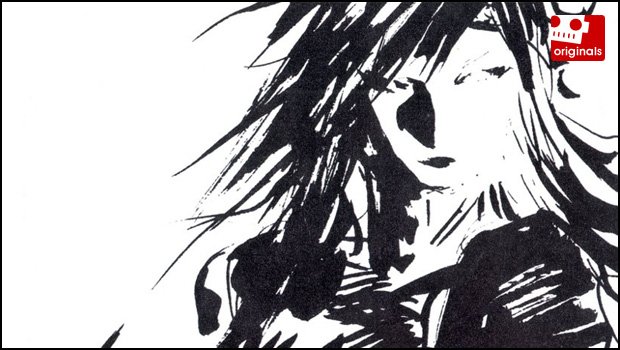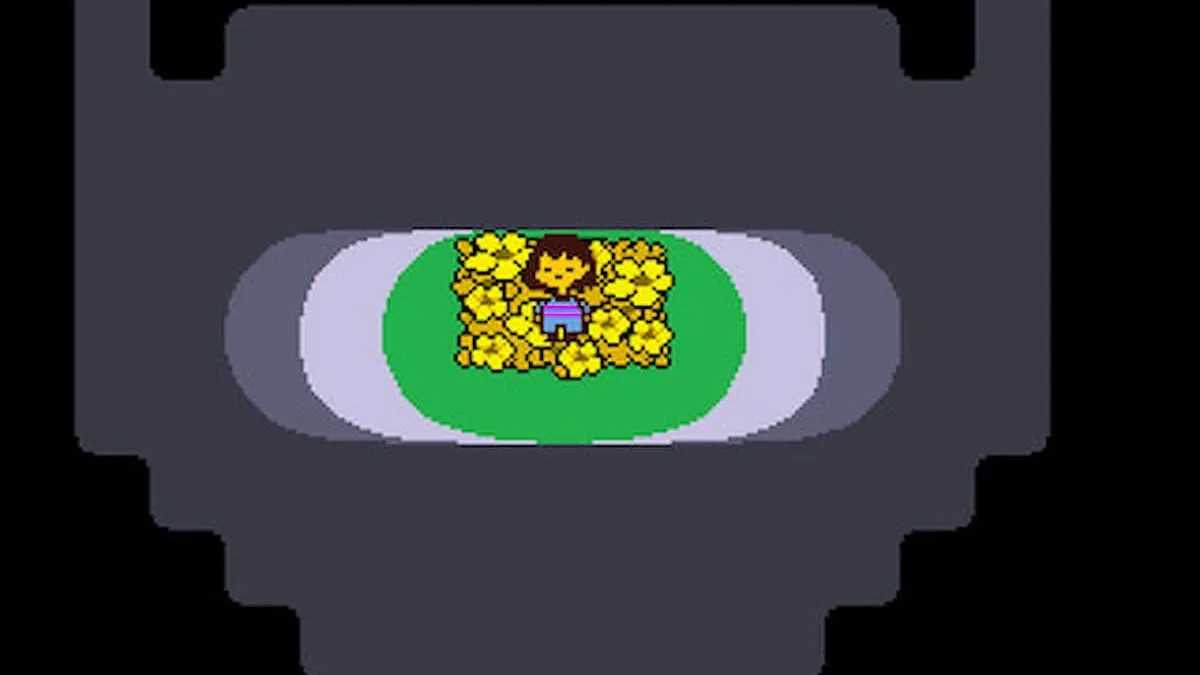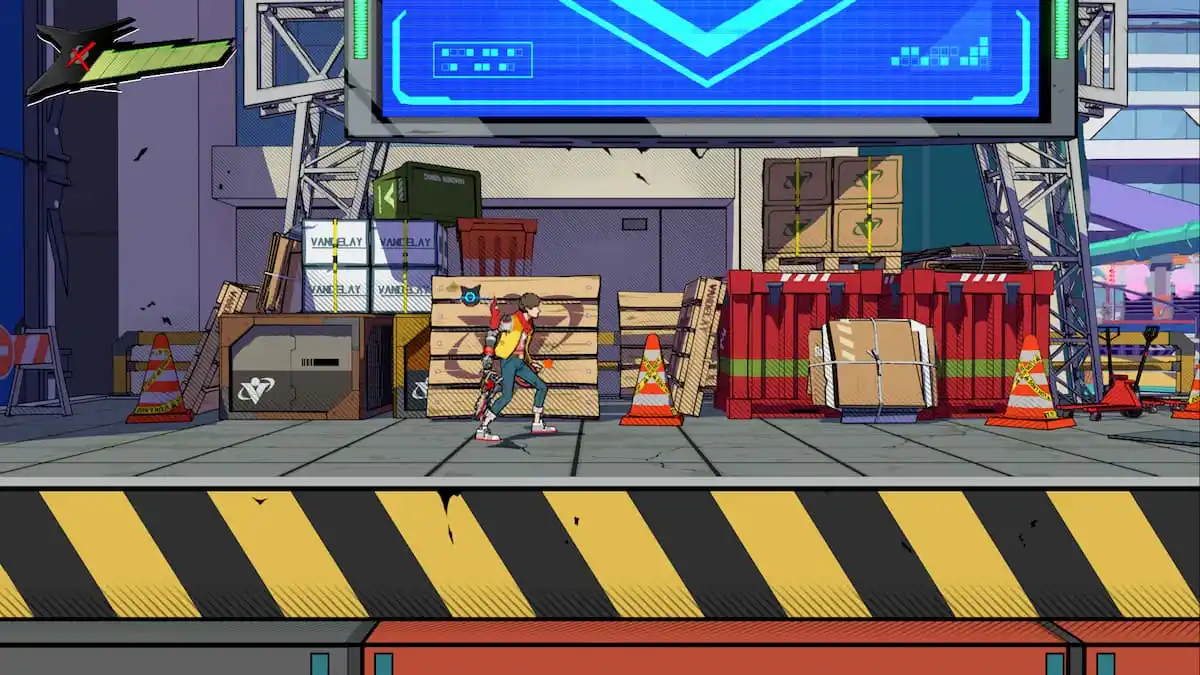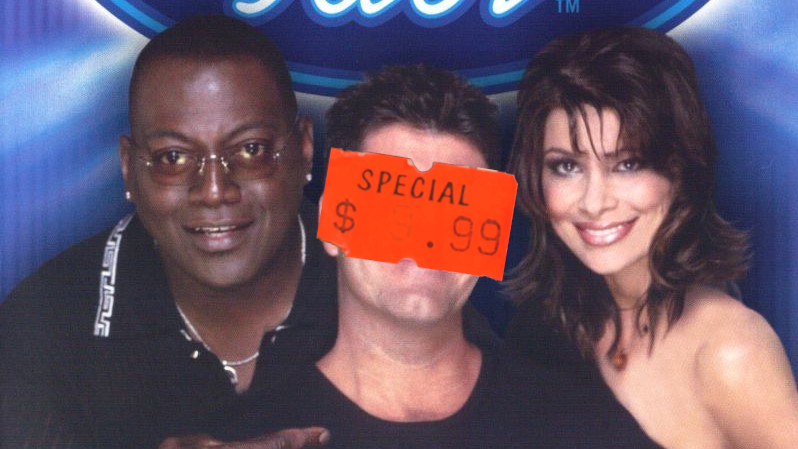Dale summed up the Final Fantasy XIII-2 soundtrack pretty well with his simple and direct “WTF?!” This soundtrack is a total departure from anything we’ve known as Final Fantasy music, with styles including rap, hip-hop, jazz funk, metal, electronica, and orchestral, all featuring tons of vocals. While the soundtrack has been available for import from Japan since December and even from Square Enix’s North America store, fans who pick up the FFXIII-2 Crystal Edition next Tuesday will get their hands on the four-disc soundtrack as well, so we thought it would be a great opportunity to introduce the team behind the game’s music and sound design.
Participating in the interview are music coordinator Keiji Kawamori, composers Masashi Hamauzu, Naoshi Mizuta, and Mitsuto Suzuki, and sound designer Tomohiro Yajima. We get the chance to profile each person and gain insight into their contributions to this unique and impressive game soundtrack.

Keiji Kawamori (Square Enix)
Role: Music coordinator
Selected past works: Performer/arranger on The Black Mages, The World Ends With You, Kingdom Hearts series
On Final Fantasy XIII-2‘s extremely different and eclectic soundtrack:
This time, the director, Motomu Toriyama, wanted to incorporate more vocal songs to take a different direction in the new songs, and to aim for a more edgy sound; and so we ended up trying out many different vocal styles and different genres. With each song, the composer himself took the lead in direction and finished the song, but we also held regular meetings to check on each piece and inspire each other while keeping one another from deviating from the vision.
Also, the players seem to have an assumption of what genres of music [Naoshi Mizuta] and [Mitsuto Suzuki] are most confident in, but since we do handle videogame music and take on many different song genres, I’m sure you’ll hear a new side of both of them in Final Fantasy XIII-2.
On “Invisible Invader” (the “Lake Bresha Rap”) and “Crazy Chocobo”:
I think “Invisible Invader” was the first song that Mizuta wrote for Final Fantasy XIII-2. The fact that it’s a vocal song (rap) makes it a piece that strongly reflects Toriyama’s desire to have a sound that’s unlike the typical Final Fantasy title. This song plays in the area where the main characters first arrive after they leave for their travel through time, but I think it fits in the game because it’s a new Final Fantasy sound for a new Final Fantasy journey.
[Editor’s Note: “Invisible Invader” is instrumental in the overseas version]
As for Crazy Chocobo,” I was asked by Toriyama to make it have a fierce song style and for the arrangement to be like death metal, so I contacted Shawn (Shootie HG), with whom I had a prior connection to help me with this, including the arrangement. It’s a Chocobo arrangement that no one has ever heard before, and I think it’s a good hook within the game.
On the inclusion of Naoshi Mizuta and Mitsuto Suzuki:
[Masashi Hamauzu], too, is a wonderful composer who can create music of many different genres. But this time, we wanted to incorporate even more variety in the songs and build a different worldview from the previous game, and so Mizuta and Suzuki were added to the team. [Arranger/Composer] Yoshitaka Suzuki is very good at putting music to a cutscene, and so we borrowed his talents for the long cutscenes towards the latter half of the game to incorporate Mizuta’s music while building up the emotion in the scenes.
Masashi Hamauzu (MONOMUSIK)
Role: Composer
Selected past works: SaGa Frontier, Chocobo’s Dungeon, Final Fantasy X, Final Fantasy XIII
On the similarities between his work on Final Fantasy XIII and Final Fantasy XIII-2:
This time, while new music was expected, the worldview of Final Fantasy XIII was important as well, and so as the person who handled the previous work, I took on the role of handling the orchestral pieces for the cutscenes and events. I tried a lot of things that were new for an RPG and had fun with it, and so I did have a desire to do it again this time around.
On his favorite piece he wrote for Final Fantasy XIII-2:
It would be “Knight of the Goddess,” but rather than it being my “favorite,” it was more like I had put a lot of thought into it. Last year, Japan faced a major calamity she had never faced before. Immediately after that, in a meeting with the director, Motomu Toriyama, he had asked me to write a battle song that would encourage the listener, and I had an idea of a song flash in my head right then and there. It was in a major chord, with a chorus that involved a melody with half notes that sounded as if they were taking one step at a time to climb to the top. I went home and immediately started to work on this piece.
Before this meeting, I was very worried if I could create a battle song of the same caliber as “Blinded by Light” [Editor’s Note: this is the battle theme from Final Fantasy XIII], but I believe this has become something that’s in no way inferior. No matter how much the technology has progressed or how well logic has been revealed, the drive to make something good can come from just an instance, just like the inspiration I received from Toriyama.
On our favorite piece he wrote for Final Fantasy XIII-2, “Serah’s Theme ~Memory~”:
With this song, too, I needed to take on the elements of XIII and make this match, if not top, the last version. If it’s far too different, it won’t reach the hearts of people, and if I just went for the unusual, I would just end up looking like I was putting on an act with the mismatch. So in the midst of that, I had an idea of combining two song pieces that I came up with. The pieces were in 3/4 time and 4/4 time respectively, and so at first I felt the need to change one to make them both match, but when I did that, one of the pieces lost its integrity, and so I deliberately put them together as they were. I think this version has a more human feel than the last installment.

Naoshi Mizuta (Square Enix)
Role: Composer
Selected past works: Parasite Eve II, Final Fantasy XI, Final Fantasy: The 4 Heroes of Light, Blood of Bahamut
On how he was approached to work on Final Fantasy XIII-2:
The director and producer had the intent of pushing out a different image from the original Final Fantasy XIII, so Suzuki and I were assigned to create songs with a new feeling.
Music from the previous installment was very well made, so at first I did feel the pressure. However, musically I would make songs that were in a different genre as XIII, so I didn’t fixate on the previous title, but I took this project on thinking I’ll just do my best.
On his versatility as a composer:
It was my mission to create music that was totally different from the previous title, so I attempted to stay away from the orchestra-centered music of FFXIII. As a result, I got to this format naturally.
Within each genre, I had the best musicians play for me, and so I think that’s what made it successful. I also owe it to Tsutomu Satomi of [Uchida Ongaku Jimusho Co., Ltd.] who gave me sound advice and coordinated with me in terms of which musician to play the piece, and to Keiji Kawamori from our own company, who contributed greatly as well.
On his favorite pieces from Final Fantasy XIII-2 :
I can’t choose just one as my favorite, but there is one song I really like, and that is “Historia Crux” written by Suzuki. There are many elements within one song, and the way that they develop is fantastic.
Another song that had a strong impact on me is “Caius’s Theme.” This song had a hard time getting approval from the director, and so I remember rewriting the song about four times. What the director had asked me at the time was to make the song into something that can surpass Sephiroth’s theme “One-Winged Angel” from Final Fantasy VII!
On our favorite piece he wrote for Final Fantasy XIII-2, “Xanadu, Palace of Pleasure,” an upbeat jazz funk track:
With this song, my concept was to directly place the sounds of ’80s music right into the game. If you listen to it now, the music from that era is unique and has a strong impact, but there are rarely any scenes in a game in which this style can match perfectly, so I’ve never had the opportunity to write anything like that until now. So this time, my chance had come, and I remember having so much fun creating this song.
On our favorite piece he wrote for Final Fantasy XIII-2, “Yeul’s Theme,” an emotional vocal ballad:
I didn’t try to go for the unusual for this song, but rather I wanted to create a ballad that was pretty and poignant for me, and so this song came to being. Thanks to the vocal talents of Joelle, this song turned into something very wonderful. Also, the piano ad-lib during the interlude was performed by one of my current favorite pianists, Febian Reza Pane, which made a strong impact on me.

Mitsuto Suzuki (Square Enix)
Role: Composer
Selected past works: Neurovision (solo release), SQ album series, Final Fantasy XIII, The 3rd Birthday
On his approach as a composer and the use of “Aggressive Mixes”:
The difference between composing and arranging is being able to make the final judgment. For example, in Final Fantasy XIII, the composer, Masashi Hamauzu, made the final decisions. During that process, if Hamauzu asked for a revision, I would respond, and if I wanted to present an option for arrangement, then I would present it. Hamauzu’s style leaves the work up to me, and so long as we decide on the main points and direction ahead of time, we won’t experience any major difference in direction. We work together often so it’s clear what elements to include, which makes it very easy to work with him, and I admire him.
In the case of Final Fantasy XIII-2, all of the decisions are from my perspective. The actual flow of the processes between composing and arranging aren’t very different, but I do the arrangement and mixing as I create the music, so I think the process is fairly fast.
The approach that was requested of me for the parts I handled was “Music that’s unlike typical Final Fantasy.” Instead of trial and error, I feel that I was able to reflect the music styles with which I’m most confident to the game.
I made it so that the Aggressive Mix cross-fades into the regular, just like a DJ mix. In the game, the songs cross-fade as well, so I had intended for the listener to experience what’s in the game [on the soundtrack CD], which I think came out to be an interesting effect.
On his favorite piece he wrote for Final Fantasy XIII-2, “Historia Crux”:
I created this theme with the concept of developing a song with multiple tunes mixing into one. It’s just like time travel. Usually I would watch a completed screen while I developed the image of the song, but I started working on “Historia Crux” before the images were complete. I did have to feel my way through, but there was a direction which I wanted to try out, so I completed the basic structure of the song in about two days. After that, I added the vocals, recorded the drums and violin, and then I spent time on the process of arrangement.
Each time I received new footage from the team, I would brush up the song, so you can say I made this song simultaneously. It’s an irregular time signature, but that’s because I wasn’t concerned about the beats, so it became a fairly interesting rhythm, not logically thought out, but a beat that purely relies on my intuition. It must’ve been tough for the drummer, though. (LOL)
On our favorite piece he wrote for Final Fantasy XIII-2, “New Bodhum”:
I wrote this song while watching the beach of Neo Bodhum. I believe it was around spring of 2011 when I wrote this, and I was fantasizing about going to a beach after I finish this song, and so I went to Hawaii just as I finished writing. After returning from Hawaii, I changed the melody of the vocal line, and just around summer time I asked ORIGA to sing the vocals. I remember asking the vocals to be “as if you’re walking along a beach” when I explained it to her verbally.
The “Aggressive Mix” is the style in which I am most confident in, so I had no worries about it. It’s a techno sound that features the beats and bass, and I tried to go for making an impact during the first part of the game. In a way, it is an unusual number for Final Fantasy, but I’m sure that I was able to respond to the basic concept of “music that’s unlike Final Fantasy.”

Tomohiro Yajima (Square Enix)
Role: Sound designer
Selected past works: Xenogears, Vagrant Story, Final Fantasy XI, XII, and XIII
On finalizing the Moogle sound:
We did have difficulties on the Moogle’s voice, especially ad-lib or responsive sounds and answers. For the most part, “kupo” is the main means of dialogue, but with each scene the emotion is different, and so we divided the “kupo” into categories like “angry,” “sad,” “happy,” and so on, and recorded many times in many different ways. Then we chose which “kupo” was applicable to the different situations.
Also, he does speak quite a bit while they’re on the search for the Artefact, but at first, during the beginning stages of development, we had made him talk too much to the point of him talking nonstop while moving on the map, so we had to go through some trial and error by changing or decreasing the occurrence patterns and changing the script to make things more balanced.
On sound elements fans should listen for [we loved the whirring treasure chests from XIII]:
In Final Fantasy XIII-2, monsters pop while on the field, but until an encounter happens, the NPCs in the vicinity are programmed to fight the monsters as well, so when it was necessary, fighting sounds were laid over as needed for the situation using a complicated mechanism.
Also, in the aerial fight between Lightning and Caius at the beginning of the game, I overlapped the sounds made in the sky and automatically calculated the weight of the sound as objects pass by and brought out the presence and flashiness.
My favorites are Cait Sith’s voice and Chocobo’s voice. Also, I was very picky when I was creating the sounds for the slot machine. Please keep an ear out for those.
On how sound design is overlooked by fans and critics:
In my opinion, the quality of the finished game is judged as a whole, and I think it boils down to if the player was either “satisfied” or “not satisfied” with it. Sound within a game is just a part of the direction, so sound can take the lead in the direction, but we never make it so that as a whole only the sound stands out.
Like you mentioned earlier about being a fan of the treasure chest sounds, I think it’s the best feeling when I know that the users play the game with which they are satisfied and within it find a sound that they like, or a song that they like.
In terms of praise, I think the sound section considers providing with psychological stage effects to be their main axis, and apply that “effect” to every part of the game from the beginning to the end, including parts that don’t have any sound at all. It might be easier to understand if you think in terms of how deeply you become immersed in the game. If you’re consumed when playing the game, then I believe that the sound has had a big influence.
Also, sound is greatly influenced by its playback environment, such as different speakers or amplifiers. The presence and the sense of immersion improves if you choose the right audio peripherals for your environment, so if the players play around with that when they have an opportunity, it would make me happy as a sound designer.






Published: Jan 27, 2012 04:00 pm